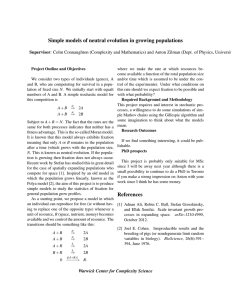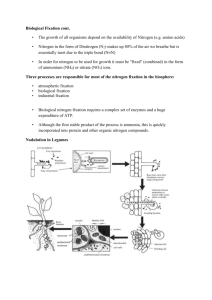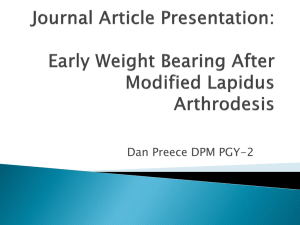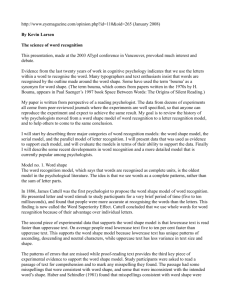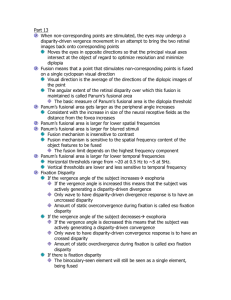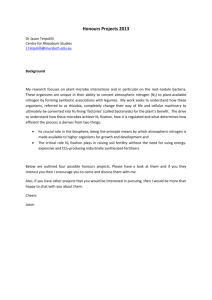Sensor design for physiological low
advertisement
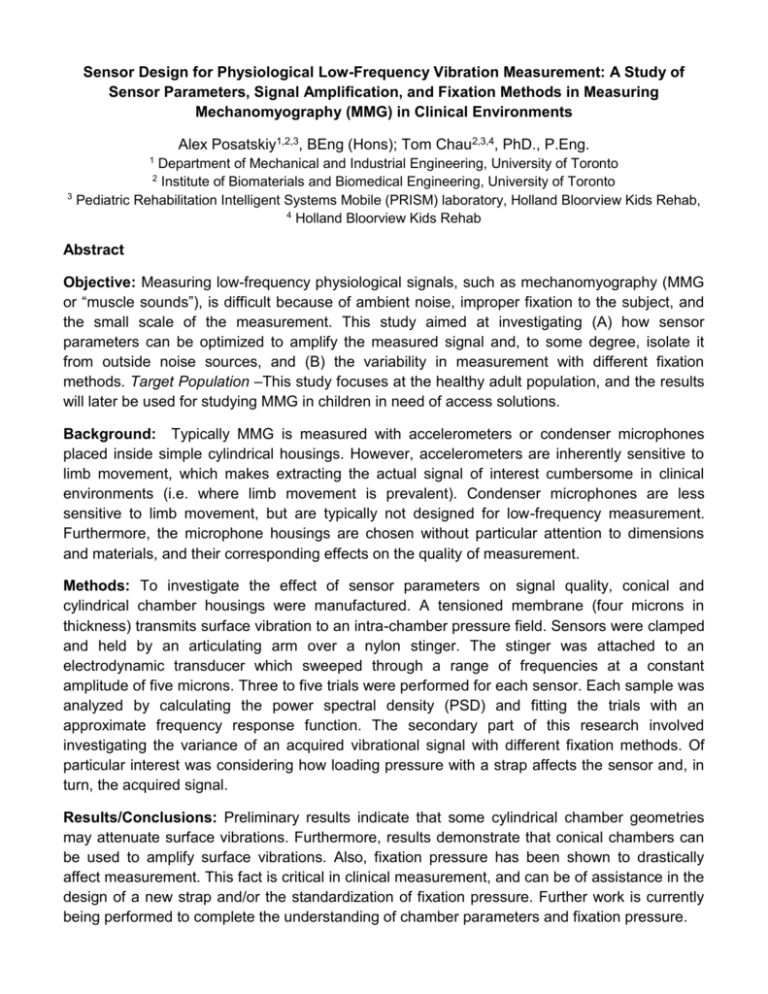
Sensor Design for Physiological Low-Frequency Vibration Measurement: A Study of Sensor Parameters, Signal Amplification, and Fixation Methods in Measuring Mechanomyography (MMG) in Clinical Environments Alex Posatskiy1,2,3, BEng (Hons); Tom Chau2,3,4, PhD., P.Eng. 1 Department of Mechanical and Industrial Engineering, University of Toronto Institute of Biomaterials and Biomedical Engineering, University of Toronto 3 Pediatric Rehabilitation Intelligent Systems Mobile (PRISM) laboratory, Holland Bloorview Kids Rehab, 4 Holland Bloorview Kids Rehab 2 Abstract Objective: Measuring low-frequency physiological signals, such as mechanomyography (MMG or “muscle sounds”), is difficult because of ambient noise, improper fixation to the subject, and the small scale of the measurement. This study aimed at investigating (A) how sensor parameters can be optimized to amplify the measured signal and, to some degree, isolate it from outside noise sources, and (B) the variability in measurement with different fixation methods. Target Population –This study focuses at the healthy adult population, and the results will later be used for studying MMG in children in need of access solutions. Background: Typically MMG is measured with accelerometers or condenser microphones placed inside simple cylindrical housings. However, accelerometers are inherently sensitive to limb movement, which makes extracting the actual signal of interest cumbersome in clinical environments (i.e. where limb movement is prevalent). Condenser microphones are less sensitive to limb movement, but are typically not designed for low-frequency measurement. Furthermore, the microphone housings are chosen without particular attention to dimensions and materials, and their corresponding effects on the quality of measurement. Methods: To investigate the effect of sensor parameters on signal quality, conical and cylindrical chamber housings were manufactured. A tensioned membrane (four microns in thickness) transmits surface vibration to an intra-chamber pressure field. Sensors were clamped and held by an articulating arm over a nylon stinger. The stinger was attached to an electrodynamic transducer which sweeped through a range of frequencies at a constant amplitude of five microns. Three to five trials were performed for each sensor. Each sample was analyzed by calculating the power spectral density (PSD) and fitting the trials with an approximate frequency response function. The secondary part of this research involved investigating the variance of an acquired vibrational signal with different fixation methods. Of particular interest was considering how loading pressure with a strap affects the sensor and, in turn, the acquired signal. Results/Conclusions: Preliminary results indicate that some cylindrical chamber geometries may attenuate surface vibrations. Furthermore, results demonstrate that conical chambers can be used to amplify surface vibrations. Also, fixation pressure has been shown to drastically affect measurement. This fact is critical in clinical measurement, and can be of assistance in the design of a new strap and/or the standardization of fixation pressure. Further work is currently being performed to complete the understanding of chamber parameters and fixation pressure.
